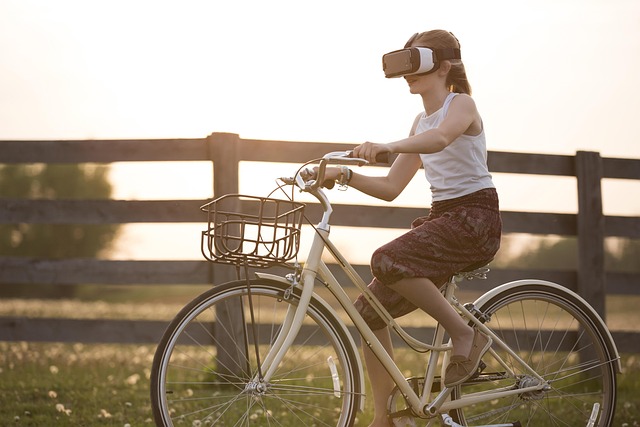New Advancements in Virtual Reality Technology

In recent years, virtual reality (VR) technology has been rapidly evolving, with new advancements constantly being made to improve the user experience and capabilities of VR devices. From enhanced graphics and immersive experiences to increased accessibility and applications in various industries, VR technology continues to push the boundaries of what is possible.
Enhanced Graphics

One of the most noticeable advancements in VR technology is the improvement in graphics quality. High-resolution displays and advanced rendering techniques have made virtual environments more realistic and immersive than ever before. Users can now experience lifelike textures, lighting, and effects that blur the line between the virtual world and reality.
Immersive Experiences

Virtual reality technology has also made significant strides in creating more immersive experiences for users. Spatial audio technology allows for realistic sound effects that can enhance the overall sense of presence in virtual environments. Additionally, haptic feedback devices can provide tactile sensations, such as vibrations and pressure, to further immerse users in the virtual world.
Increased Accessibility
Another key development in VR technology is the increased accessibility of VR devices. As the technology becomes more mainstream, prices have started to decrease, making VR headsets more affordable for consumers. In addition, advancements in wireless technology have made it easier for users to move around freely in virtual environments without being tethered to a PC or console.
Applications in Various Industries
Virtual reality technology is not limited to just entertainment and gaming. Industries such as healthcare, education, and architecture are increasingly utilizing VR technology for training, simulations, and visualization purposes. For example, medical students can practice surgical procedures in a virtual environment, while architects can walk through 3D models of buildings before they are constructed.
Future Developments
Looking ahead, the future of virtual reality technology holds even more exciting possibilities. Companies are exploring the potential of augmented reality (AR) and mixed reality (MR) technologies, which blend the virtual and physical worlds together. These technologies have the potential to revolutionize how we interact with our surroundings and the digital content around us.
Overall, the advancements in virtual reality technology are paving the way for a more immersive and interactive digital experience. As the technology continues to evolve, we can expect to see even more innovative applications and uses for VR devices in the years to come.
